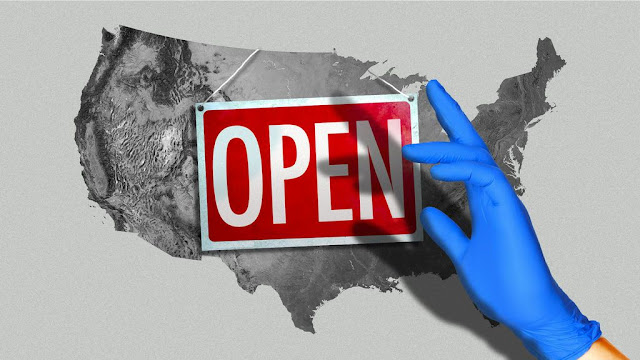
With anti-racism protests spanning across the country over the past two weeks, many employees see workplaces as fertile ground for discriminatory practices that need to be addressed, a new survey suggests.
Business-to-business reviews platform Clutch conducted a survey to gauge views on discrimination in the workplace, amid outrage over the death of George Floyd, an African American man who was killed when a white police officer used his knee to pin him to the ground while he was handcuffed. The incident has sparked protests throughout the U.S. and elsewhere across the world.
Most survey respondents believe racism is a problem that goes beyond policing. More than three-fourths of respondents (76%) said racism and discrimination are challenges for workplaces in this country. At the same time, only 44% believe their own company has a problem.
Views differ by race and age
While fewer than half of all respondents said their own workplaces had a problem with racism, African American respondents largely disagreed. In fact, 64% of African American respondents said racism is a problem in their own workplaces.
Whether someone believes discrimination exists in their own work may depend on whether they have experienced it themselves. An earlier survey found that some employees have witnessed or experienced discrimination, only to find that their human resources departments did nothing to stop it.
Younger generations also appear to be more attuned to racism in the workplace. In the Clutch survey, more than half (55%) of millennials and younger workers said racism is a major issue in the nation’s workplaces. In comparison, 42% of Generation Xers and 34% of baby boomers and older workers felt that way.
The size of an employer may also play a role in how effective it is at preventing racism. Among respondents who work at companies with more than 500 employees, 54% believed racism was an issue at their workplace, compared to 35% of workers at companies with between two and 500 employees.
Widespread support for protests
Most survey respondents had favorable views of the nonviolent protests, with 62% saying they were either “very supportive” (43%) or “somewhat supportive” (19%). Fifteen percent of respondents said they were neutral about the protests, while 6% described themselves as “somewhat unsupportive,” and 16% said they were “very unsupportive.”
A majority of respondents (55%) said they believe their company should address the death of George Floyd and the protests. Among African American respondents, 59% believed their companies should issue a response.
Nearly half of respondents (49%) said their company had addressed the protests:
- 30% said their company had released public statements.
- 19% said their company was holding open discussions with leadership.
- 10% said their company was donating to causes that highlighted the issue.
While 65% said they were satisfied with the way their employer had responded to the protests and the death of George Floyd, nearly a third (29%) said they believe their company should be doing more.
Methodology
Clutch surveyed 755 workers from June 5, 2020, through June 7, 2020. According to the survey, respondents identified as follows:
- 65% were white or Caucasian
- 7% were Black or African American
- 6% were Latino or Hispanic
- 3% were Native American Indian or Alaska Native
- 2% were Asian
- 2% were Native Hawaiian or other Pacific Islander
- 14% either identified as “other” or chose not to answer
The study also divided participants into three age groups:
- Millennials and younger were classified as those born after 1980
- Generation Xers were classified as those born between 1965 and 1980
- Baby boomers and older were classified as those born before 1965
This article originally appeared on ValuePenguin.com



















